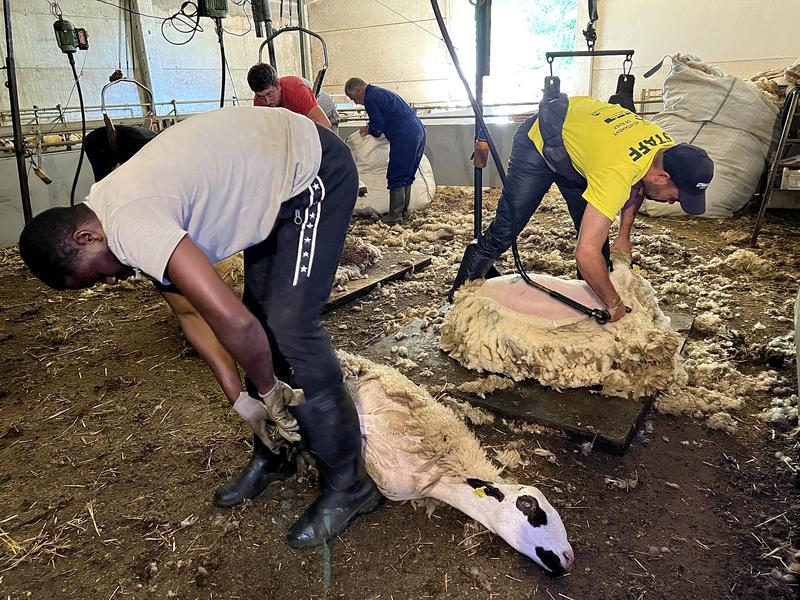Sheep's wool, from sustainable fabric to waste material and a problem for shepherds
Material that was once a supplement to the economy now cannot be given away for free

These downs across the Catalan countryside, sheep shearers go from farm to farm to shear the sheep before they make their way up the mountain to spend the summer in cooler climate, a necessary task for the wellbeing of the animals.
Years ago, sheep's wool was a supplement to the economy, but nowadays the situation has changed dramatically. Farmers have to pay to have their sheep sheared and there is no market for purchasing the wool that comes off their backs, no one wants to buy it.
Despite being an excellent, sustainable and biodegradable fabric, people tend to opt for other materials.
Many farms across the Pyrenees have accumulated sacks full of wool from last year and cannot find anyone who wants it, even at no cost. Wool has come to be considered a waste material, and most is thrown out nowadays instead of a use being found for it.
Remembrance of the sheep shearing trade
In the town of Sort, towards the mountains in northern Catalonia, the local council has organized a celebration of the ancient craft of sheep shearing for decades.
Each June 24, the exhibition of the tradition returns, having run for 34 years continuously, only stopping for the pandemic.
The ancient craft is done with a scissors and the process takes three people: one to use the scissors, one to tye the legs of the animals together, and a third to gather the fallen wool.
In the past, this method would take between 8-10 minutes to shear one animal, with the teams managing to shear around 50 of the creatures a day.
Nowdays, modern machinery makes it possible to shave a sheep in a much shorter time.
The exhibition of shearing returns this year with the two types of shear, the traditional and the modern, putting on display the contrast of the old and the new processes of the centuries-old craft.